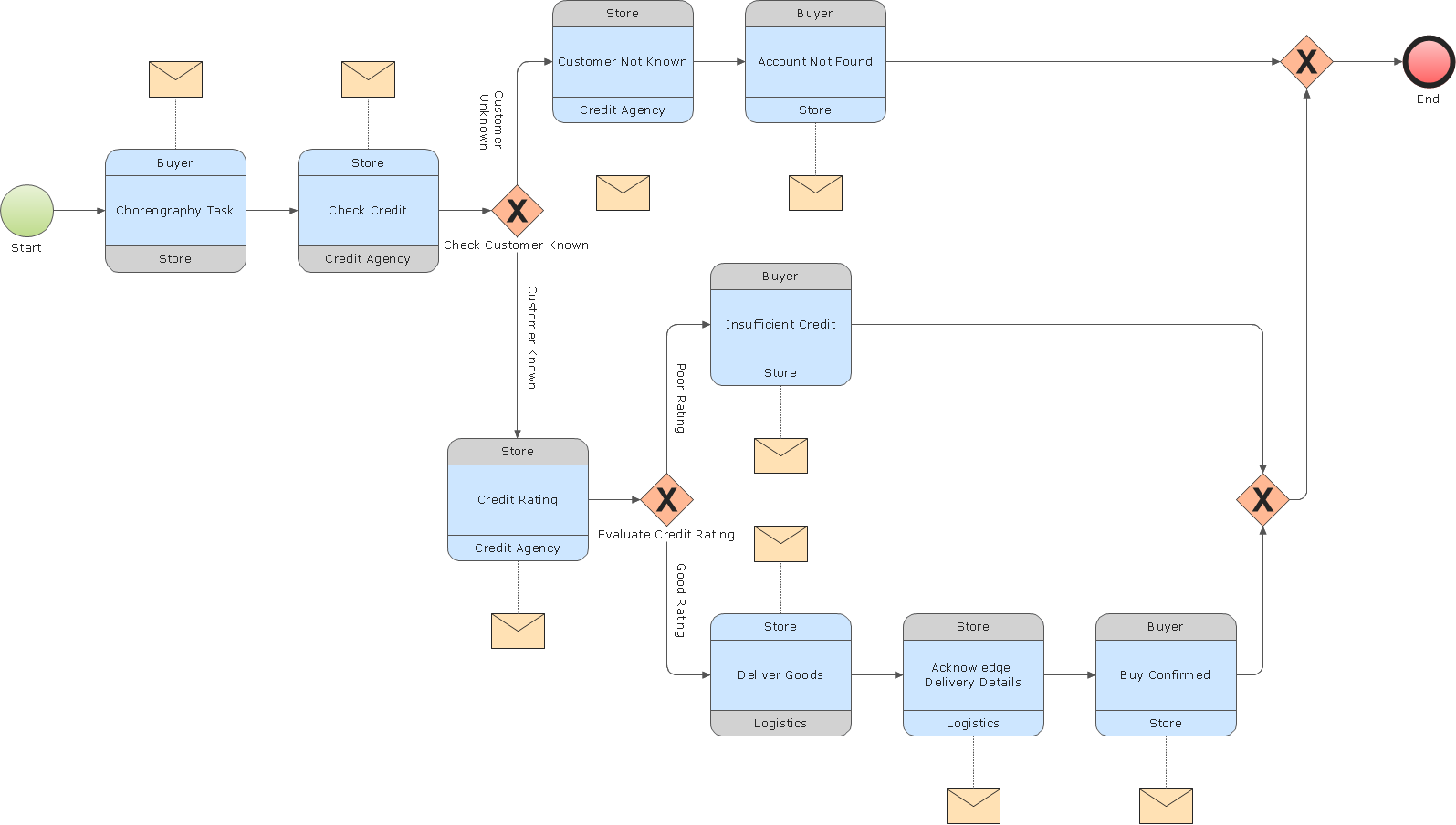

Later, a detailed review of the original 20 patterns led to the identification of 23 new patterns (Russell et al. Examples include White's report (White 2004) showing how BPMN supports the original control-flow patterns and TIBCO's report on how Staffware realizes these patterns, to name a few. In addition, vendors and organizations performed analysis of their tools or standards based on workflow patterns. Established process modeling languages such as Petri nets, EPCs, and UML Activity Diagrams (both versions 1.4 and 2.0) were also subjected to a pattern-based evaluation. For example, they were used to evaluate 15 commercial workflow systems including such as IBM's WebSphere, Staffware Process Suite, and the case handling system FLOWer. Since their release, they have been widely used by practitioners, vendors, academics alike in the selection, design and development of workflow systems, and standards. These patterns capture structural characteristics of a business process and the manner in which the thread of execution flows through the process model. Originally, a set of twenty patterns was identified describing the control-flow perspective of business processes (van der Aalst et al. Was established in the late 1990s with the aim of delineating the fundamental requirements that arise during business process modeling on a recurring basis and describing them in an imperative way. 1 Modelling the first four tasks in an example of a credit card application process using each of five mainstream workflow or process modeling languages

They refer specifically to recurrent problems and proven solutions related to the development of process-oriented applications in both a languageand technology-independent manner. Workflow patterns are a specialized form of design patterns defined in the area of software engineering.


 0 kommentar(er)
0 kommentar(er)
